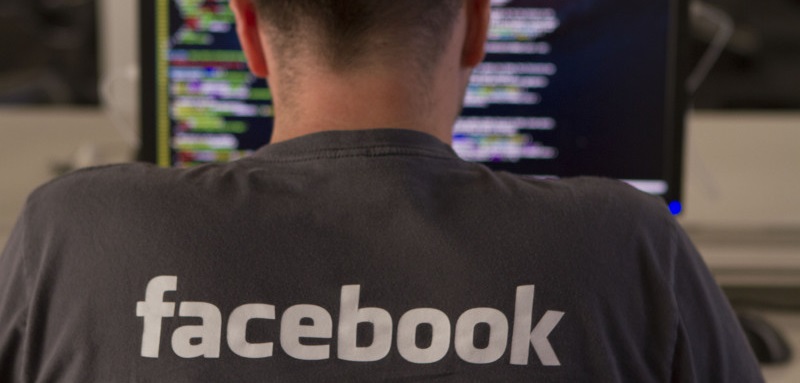With Facebook placing emphasis on paid content and lowering the reach of organic posts, small businesses that couldn’t afford to “pay to play” were left questioning whether Facebook was still a viable platform for their brand. However, with Facebook’s recent Messenger updates, small businesses can see a renewed value in utilizing Facebook as a customer service tool. The new Messenger short links provide a memorable, mobile-friendly link to share with customers to make it easier and quicker to connect – and, if properly implemented into your existing customer service efforts by using these tips, you can encourage customers to engage with your brand via Facebook.
Replace the contact form on your business website.
Is there anything more impersonal than a fill-in-the-blank contact form? There’s no name to address, no evidence to suggest that you’re messaging a real person and no proof that you’ve even sent a message in the first place (which, conveniently makes it impossible to follow up if you haven’t heard back). It’s a customer service black hole.
Instead of relying on a contact form to field customer questions, replace it with your brand’s unique Facebook Messenger short link (m.me/username). The short link will open up a direct line of communication to your brand and provide a comprehensive and easily accessible message history, allowing anyone on your customer service team to step in and better address concerns. Your customers will appreciate the personal connection instant messaging provides, as well as the ability to start a dialogue with your brand more quickly.
Consolidate customer service channels.
Many companies have a variety of emails customers can reach out to depending upon the nature of their question – order status, product help, general info, etc.
Combine these emails with the questions you’re receiving on Twitter and Instagram and you’ve got a lot of channels to check – and a lot of chances for a message to get missed.
Try using your brand’s Messenger short link to consolidate customer service channels. The M.Me/Username link is short, making it easy to include in your Instagram and Twitter bios. Funnel questions to the Messenger platform and use the platform as your customer service hub. Then, use the “label” feature within Messenger to organize by message topic, i.e. product questions, troubleshooting, etc. By keeping as many customer questions as possible in one easy-to-check spot, messages are less likely to fall through the cracks.
Take it offline.
The Messenger short link is memorable and personalized for your brand, ideal for offline use. Make it visible in your store or restaurant, include it in advertisements and fliers, and encourage customers to reach out with thoughts, suggestions and any concerns. Use the same label feature mentioned above to categorize feedback like “areas to improve,” “positive feedback,” “ideas to explore.” Getting real-time feedback from your customers is invaluable and can help you tailor your services to what your target audience actually needs.
Despite being underdogs in advertising, small businesses can offer better customer service than larger corporations – and now the interaction opportunities offered by Facebook’s updates are letting them reflect that service even better online.
